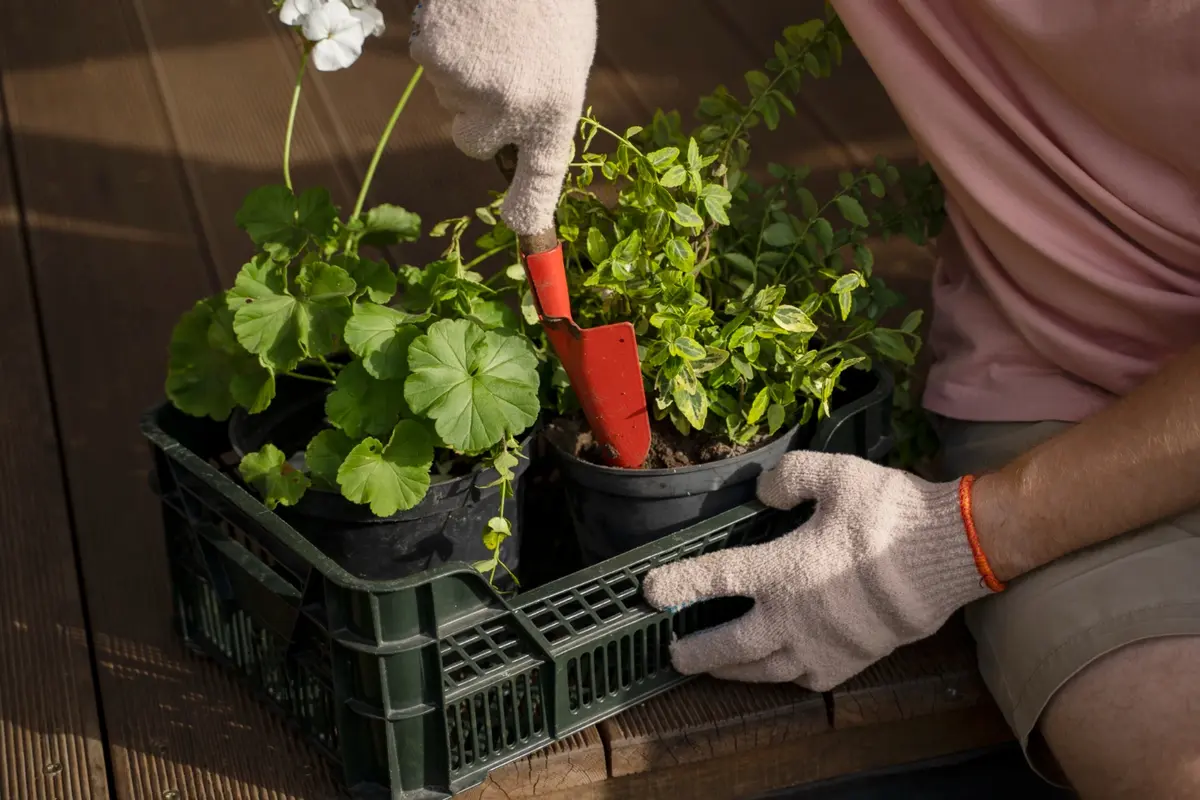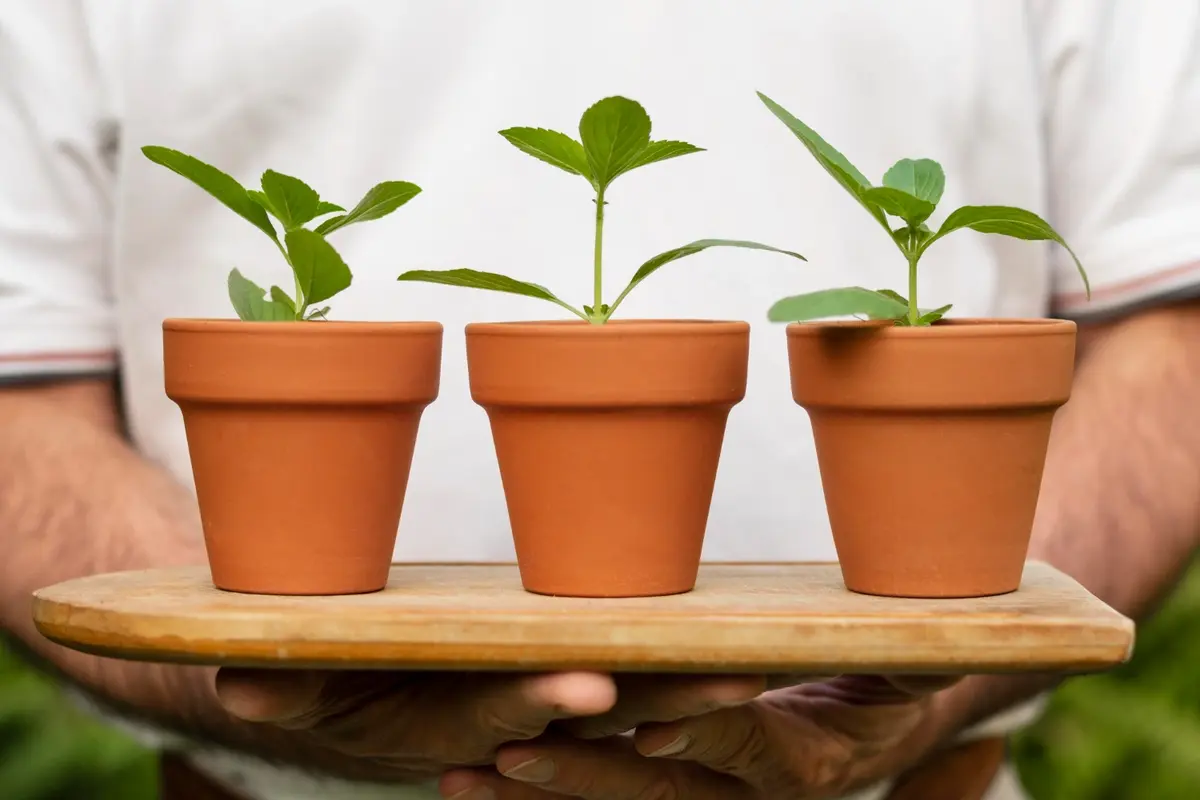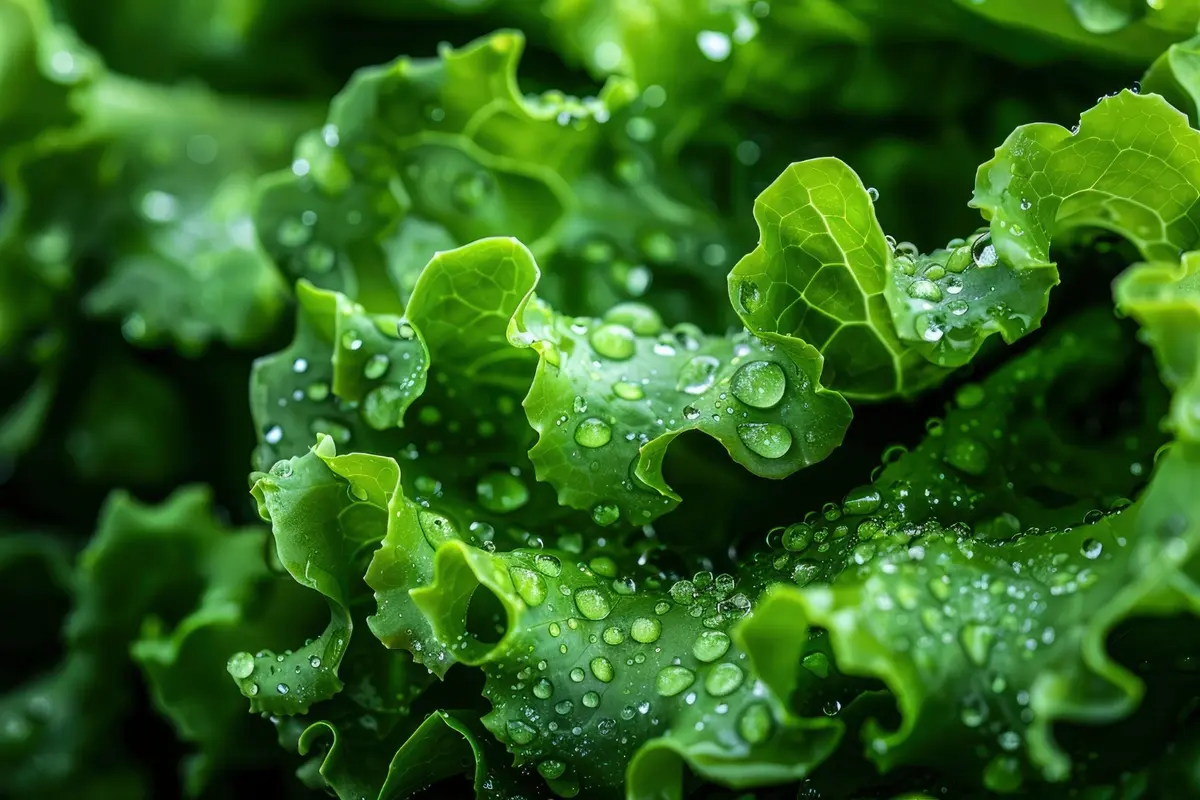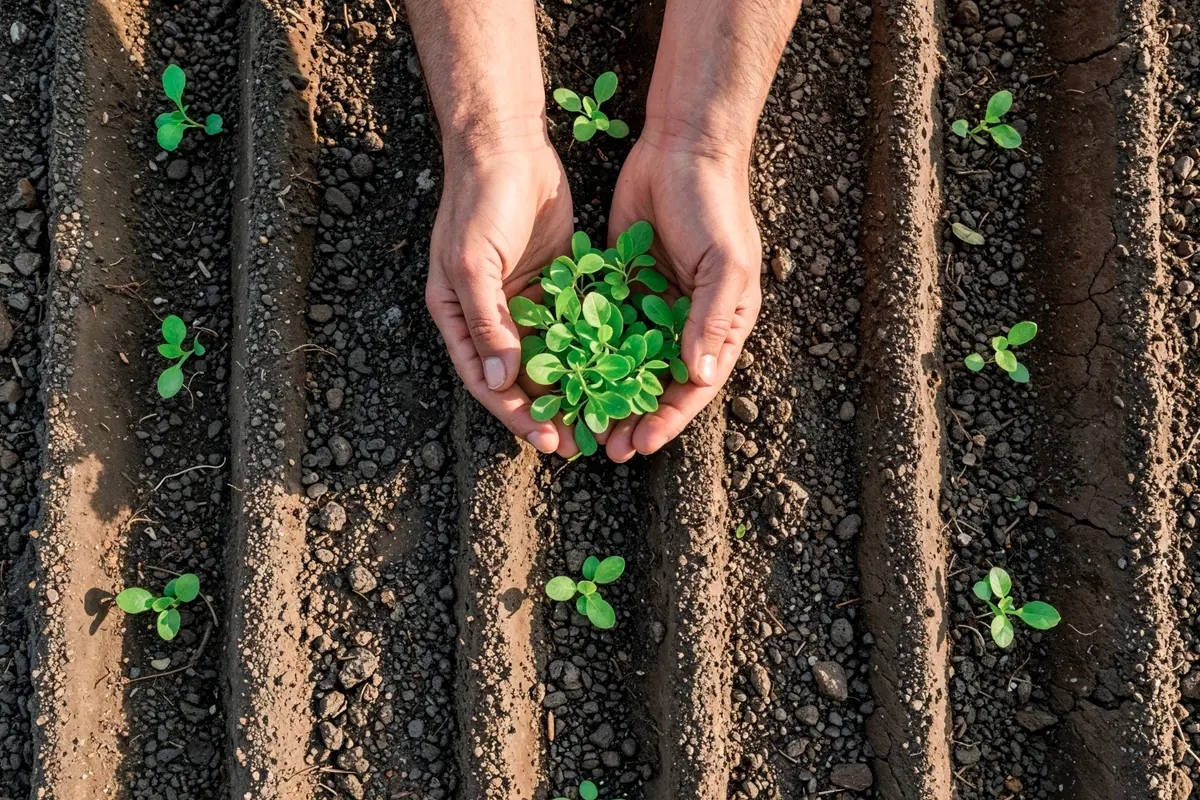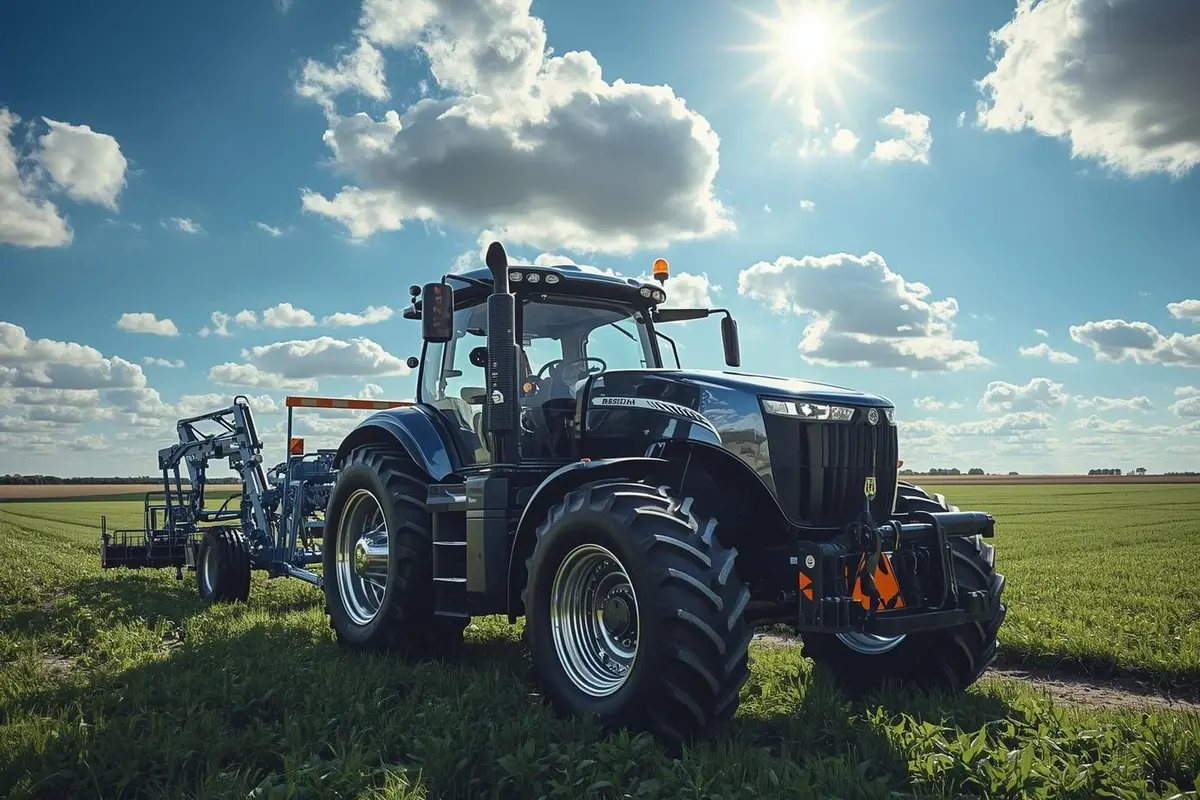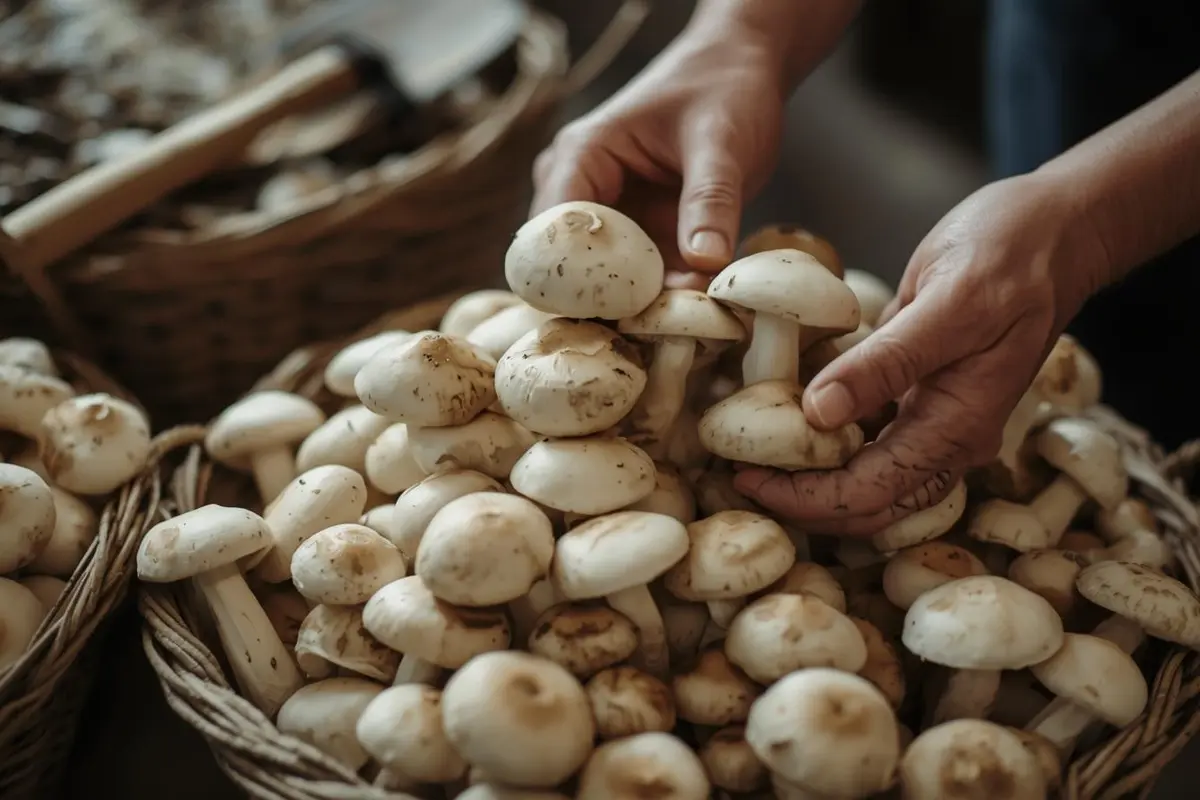Growing vegetables in pots is a super convenient and satisfying way to enjoy fresh produce, especially for those with limited space. However, the success of your container garden starts with one crucial step: preparing the right soil. Unlike garden beds, potted plants rely entirely on the soil mix you provide for nutrients, drainage, and root support. In this post, we’ll guide you through how to prepare soil for planting vegetables in pots, ensuring healthy growth and a bountiful harvest.
Table of Contents
How to Prepare Soil for Planting Vegetables in Pots
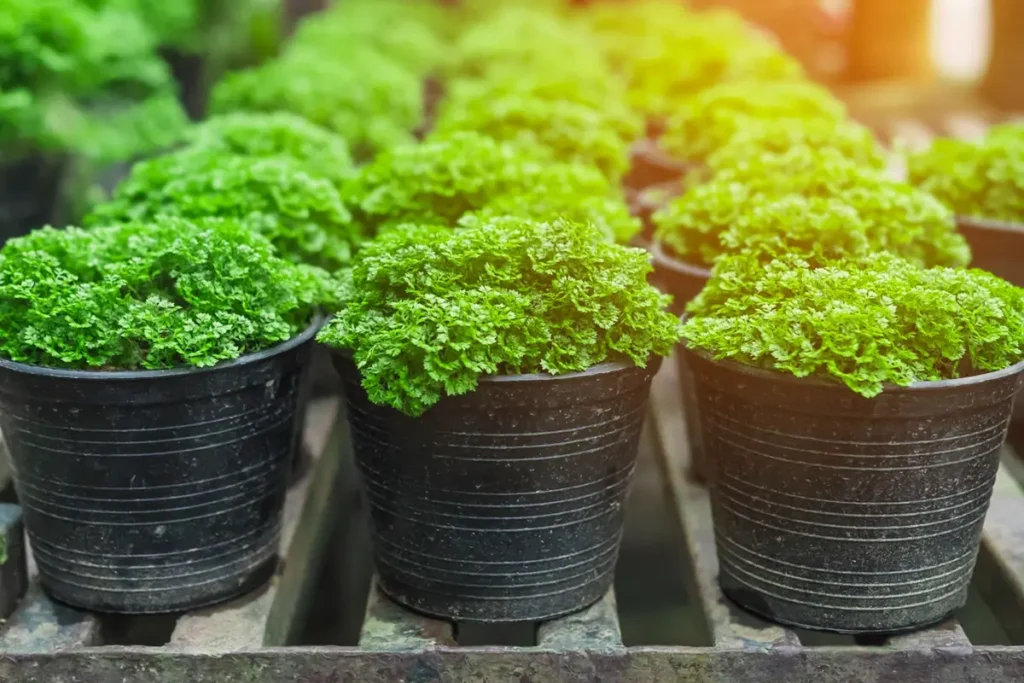
Choose the right pot
Before preparing the soil, selecting a suitable container is crucial. The pot should have adequate drainage holes to prevent waterlogging, which can cause root rot. Additionally, the size and depth of the pot should correspond with the vegetable you plan to grow; deep-rooted vegetables like carrots or tomatoes need deeper pots, while leafy greens like spinach and lettuce do well in shallow ones.
Select a quality base soil
Avoid using garden soil directly in pots, as it tends to be too heavy and may contain pests or diseases. Instead, use a high-quality potting mix, which is lightweight and designed specifically for containers. A good potting mix allows for better air circulation around the roots and improves water retention without becoming soggy.
Add organic compost
To enhance fertility, mix in 30–40% organic compost into the base soil. Compost improves the soil’s structure, boosts microbial activity, and provides a slow-release source of nutrients that supports healthy plant growth. It also helps with moisture retention, which is essential for container gardening where soil tends to dry out quickly.
Improve drainage and aeration
Proper drainage is essential in pots to prevent the soil from becoming compacted or waterlogged. Adding materials like cocopeat, perlite, or coarse sand increases the porosity of the mix, allowing excess water to drain while keeping enough moisture for the plants. It also improves root aeration, which is vital for plant health.
Balance nutrients
Incorporate organic fertilizers such as bone meal, neem cake, or vermicompost into the soil mix to ensure a steady supply of essential nutrients. These additions provide nitrogen, phosphorus, potassium, and trace minerals that vegetables need throughout their growth stages. Natural fertilizers also support soil life, which further enriches the growing medium.
Adjust pH if needed
Most vegetables grow best in soil with a pH between 6.0 and 7.0. Use a simple soil pH meter or test kit to check the mix. If the soil is too acidic, add garden lime; if it’s too alkaline, incorporate sulfur. Maintaining the correct pH helps plants absorb nutrients effectively and boosts their resistance to disease.
Mix thoroughly
Once all ingredients are added, mix the soil thoroughly in a large container or on a clean surface. This ensures even distribution of compost, aeration materials, and fertilizers throughout the soil. Uniform mixing avoids nutrient pockets and ensures consistent moisture and texture in all parts of the pot.
Fill the pots
Loosely fill the pots with the prepared soil mix, stopping about an inch below the rim to leave space for watering. Avoid compacting the soil, as roots need space to grow and breathe. Lightly press down just enough to settle the mix and remove large air pockets.
Moisten the soil
Before planting, lightly water the soil so that it’s evenly moist but not soggy. This creates a welcoming environment for seeds or seedlings and helps reduce transplant shock. Consistently moist soil encourages strong root establishment, which is key to growing healthy vegetables in pots.
Conclusion
In conclusion, preparing the right soil is the foundation for a healthy and productive vegetable garden in pots. By carefully selecting the appropriate container, using a high-quality potting mix, enriching it with compost and organic nutrients, and ensuring proper drainage and pH balance, you create an ideal environment for your plants to thrive. With the right soil preparation, even a small balcony or terrace can become a thriving vegetable garden.

